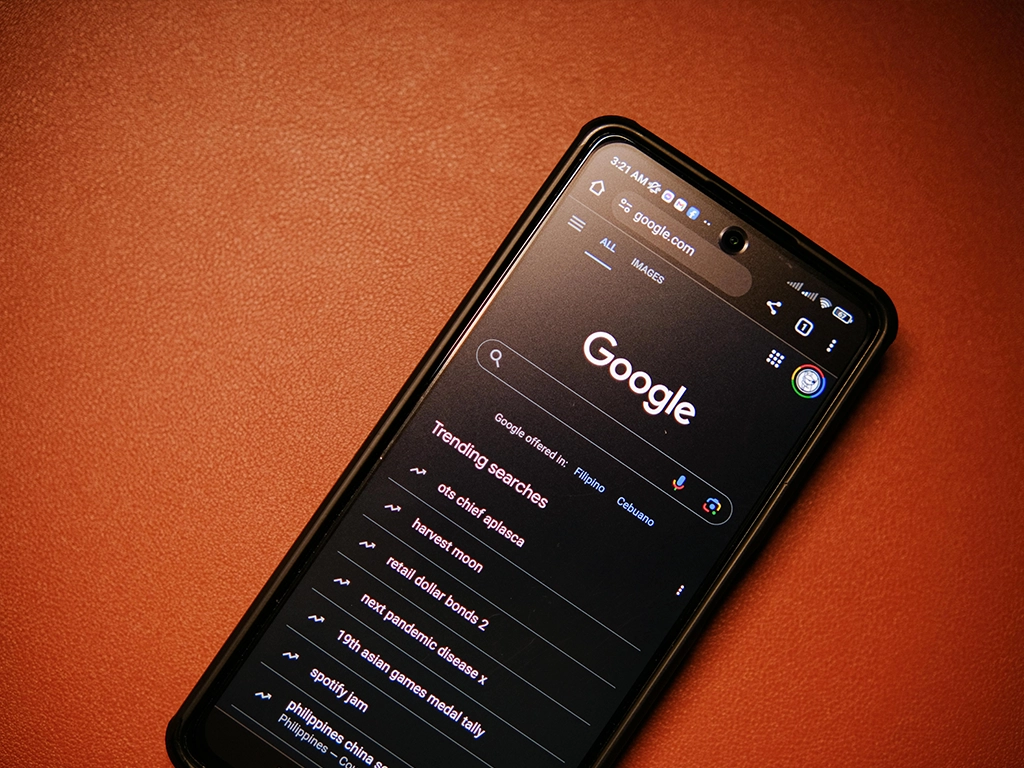
Maximizing Mobile Performance - The Mobile-First Approach to Web Design
In today's digital landscape, mobile devices have become the primary means of accessing the internet for a significant portion of the population. As such, it's crucial for businesses to prioritize mobile performance when designing their websites. At Ridgeway Web, we understand the importance of mobile optimization, which is why we advocate for the mobile-first approach to web design. Continue reading to learn more about this concept and discover how adopting this strategy can lead to better user experiences, improved search rankings, and ultimately, increased conversions.
Understanding the Mobile-First Approach
Our mobile-first approach to web design is a philosophy that prioritizes designing and optimizing websites for mobile devices before addressing desktop or larger screen sizes. Traditionally, web designers would create desktop versions of websites first and then adapt them for smaller screens. However, with the prevalence of mobile browsing, this approach is no longer sufficient. By starting with the smallest screen size and progressively enhancing the design for larger screens, designers can ensure that their websites are fully optimized for mobile devices from the outset.
Benefits of Mobile-First Design
1. Improved User Experience
Designing with a mobile-first mindset forces us at Ridgeway Web to focus on what's most important to users on smaller screens. This often results in cleaner, more streamlined designs that prioritize essential content and features. By removing clutter and optimizing for touch interactions, our mobile-first designs offer users a more intuitive and enjoyable browsing experience.
2. Better Search Engine Rankings
In recent years, Google has shifted its focus towards mobile-first indexing, meaning that it primarily uses the mobile version of a website's content for indexing and ranking purposes. Websites that are optimized for mobile devices are more likely to perform well in search results, leading to increased visibility and organic traffic. By adopting a mobile-first approach to web design, we improve your business' chances of ranking higher in search engine results pages (SERPs) and reaching more potential customers.
3. Increased Conversions
A mobile-friendly website isn't just about providing a better experience for users—it can also have a significant impact on conversion rates. Studies have shown that mobile users are more likely to convert on websites that are optimized for their devices. By ensuring that your website is fast, responsive, and easy to navigate on mobile devices, you can reduce friction in the conversion process and increase the likelihood of users completing desired actions, such as making a purchase or filling out a form.
Implementing a Mobile-First Strategy
So, how do we implement a mobile-first strategy for our website clients? Below are our key considerations:
1. Prioritize Speed and Performance
We pride ourselves on guaranteeing a A+ Google PageSpeed score for all new websites. Mobile users expect fast-loading websites, so it's essential to optimize your site for speed. This includes minimizing server response times, reducing file sizes, and leveraging caching and compression techniques to improve loading times.
2. Optimize for Touch Interactions
Designing for mobile devices requires a different approach to user interactions. Our process ensures that buttons and links are large enough to be easily tapped with a finger, and that menus and navigation elements are accessible and intuitive.
3. Focus on Content Hierarchy
On smaller screens, space is limited. We at Ridgeway Web prioritize content based on its importance. We prefer hierarchy and visual cues to guide users' attention to the most critical elements of your website, such as calls-to-action and key information.
4. Test Across Devices
Finally, We test your website across a range of devices and screen sizes to ensure a consistent and seamless experience for all users. Tools like Google's Mobile-Friendly Test can help identify any issues that need to be addressed.
Conclusion
Adopting a mobile-first approach to web design is no longer optional—it's essential for businesses looking to succeed in today's mobile-driven world. By prioritizing mobile performance, businesses can provide better user experiences, improve search rankings, and ultimately, increase conversions. Whether you're redesigning an existing website or building a new one from scratch, embracing the mobile-first philosophy can help you stay ahead of the competition and connect with your audience more effectively. Contact us today for your mobile-first website, ready to launch in 7 days.











